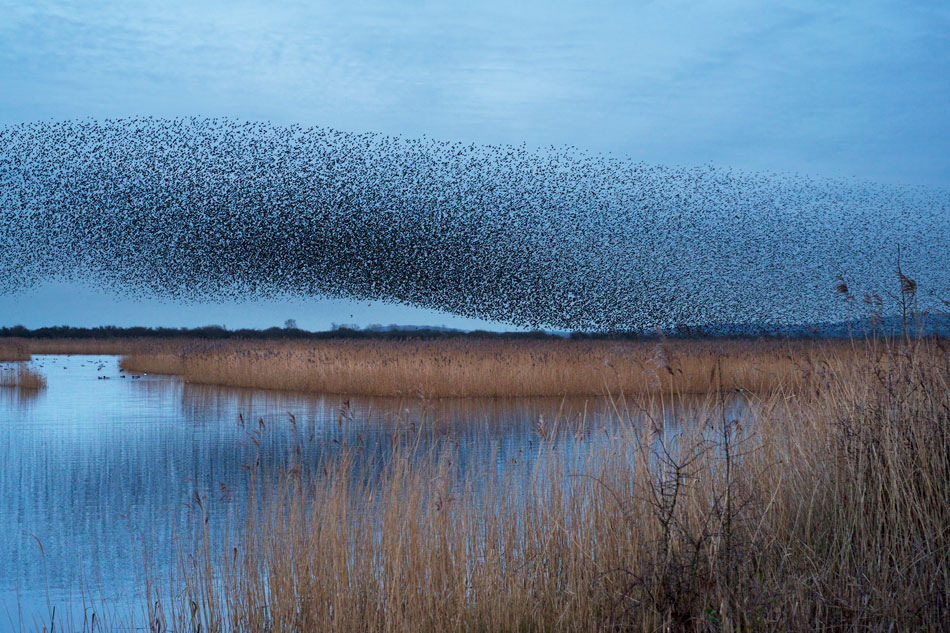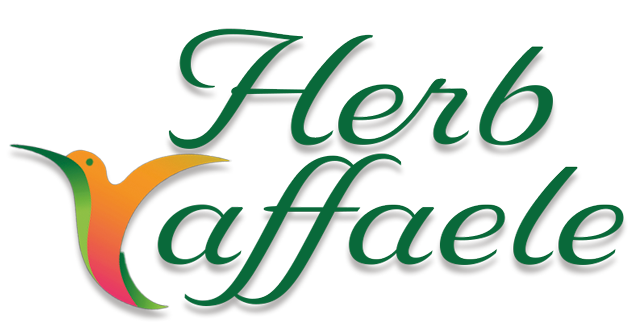
The problems facing resource conservation today are enormous and, all too regrettably, are growing on all fronts: climate change, species endangerment and extinction, habitat loss and degradation…. This drum beat gets louder every day and it can give even the staunchest environmentalist a rather severe headache. What our movement is all too short of is solutions. To address this short-coming I have written a new book, Revoyage of the Mayflower: Societal Values – Conservation’s Driving Force, which lays out a framework of 9 key elements that can drive conservation efforts in a much more powerful and effective manner. Each element by itself is shown to make a major difference. All implemented together portend a major advance on the conservation frontier.
Due to its potential as a positive force for conservation, Revoyage of the Mayflower is being launched on Earth Day, in line with Earth Day’s role in and symbolism regarding conservation values and positive environmental change.
For starters, the book highlights that saving wildlife is less about the species or habitat in question, and more about the human values and behaviors that negatively impact that animal or landscape. In other words, the more precisely we focus on society as the source of the problem, the better the chance for a solution.
Sound simple? Well, yes. But just look at most wildlife conservation efforts today. Is that what you find? No. Generally, you’ll find that a focus on the wildlife itself is highly over-emphasized. Humans are looked at more as potential funding sources rather than the solution to the problem.
But this is just the beginning. Revoyage of the Mayflower turns many widely held conservation myths on their collective ears.
“If we only had more funding, conservation efforts would succeed!” Not so.
“We need better science to study this animal. With that, success would be in hand.” No way.
“The answer is more and larger areas set aside for protection.” Decidedly untrue.
And the list goes on.
If you really want to know what conservation is all about, what makes for true success versus ongoing failure, Revoyage of the Mayflower is a book you will want to read.
So, what does the Mayflower have to do with achieving resource conservation? As it so happens – everything. Because the Mayflower is symbolic of the cultural values that the first European settlers brought to America. Had the ship carried an alternate group of immigrants, immigrants with a different worldview, wildlife and resource conservation in North America would be unrecognizable from what it is today.
Revoyage of the Mayflower: Societal Values – Conservation’s Driving Force is now available on Amazon and will begin distribution on Earth Day – April 22. Half of book proceeds will be donated for Earth Day activities.
Subsequent to Earth Day, plans are in the works to offer a series of webinars focused on the book’s contents. Revoyage of the Mayflower reflects my experience working in wildlife conservation around the world as former chief of the Division of International Conservation of the U.S. Fish and Wildlife Service and, prior to that, as head of wildlife planning for the Commonwealth of Puerto Rico.
